Jewish Street in Amsterdam
Max Liebermann
1908
Image
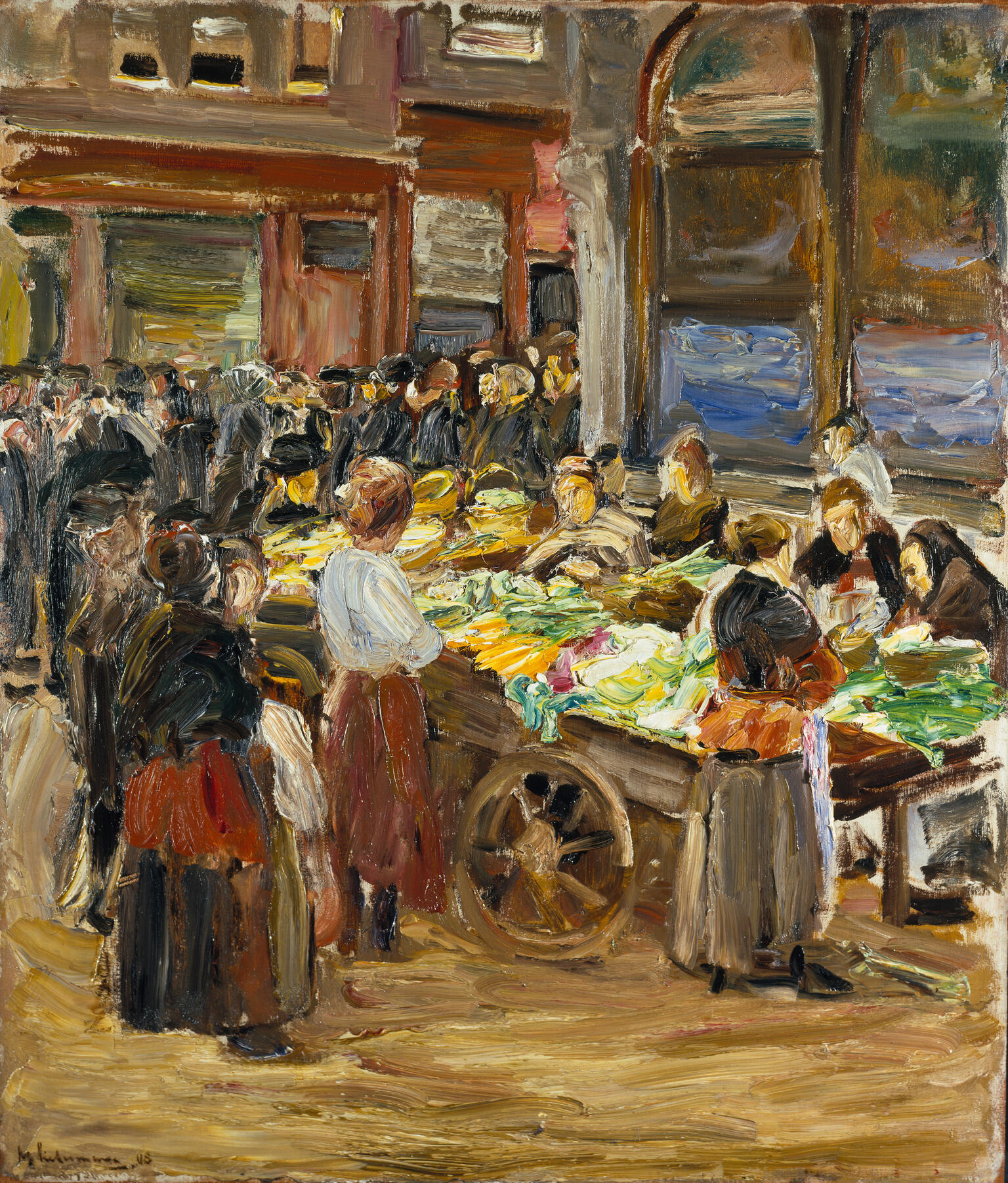
Engage with this Source
Creator Bio
Max Liebermann
1847–1935
Max Liebermann, the son of a wealthy Berlin Jewish family, was a dominant figure in the German art world in the late-Imperial- and Weimar periods. He initially painted Dutch peasants in a realist style, then led the antiestablishment naturalist movement in the 1880s and 1890s, and, after 1895, worked for many years in an impressionist style. He was famous for his portraits and his scenes of bourgeois life. Liebermann helped found and served as the president of the progressive Berlin Secession from 1898 to 1910 and was president of the Prussian Academy of Arts from 1920 until Hitler’s rise to power in 1933, when Liebermann was forced to resign his position.
You may also like
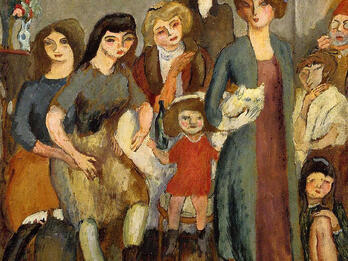
The Turkish Family
In The Turkish Family, the term Turkish is likely a placeholder for a portrait of a modern Sephardic Jewish family like that of the artist. Notably, the family members wear modern European fashions…
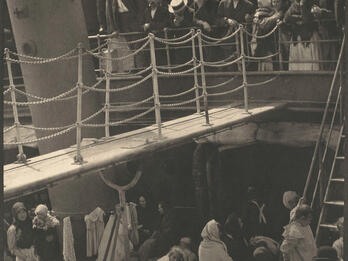
The Steerage
The Steerage is considered Alfred Stieglitz’s masterpiece. It marks a departure from the painterly approach he had previously championed in favor of paying more attention to forms, a reflection of his…
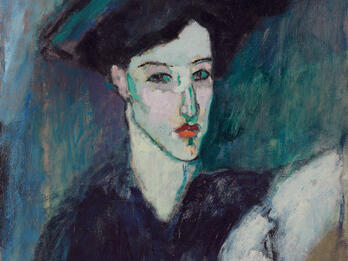
La Juive (The Jewess)
Amedeo Modigliani painted La Juive before he developed the signature style of his late work: portraits of women with elongated necks and faces. But a hint of that style can be seen here in the…
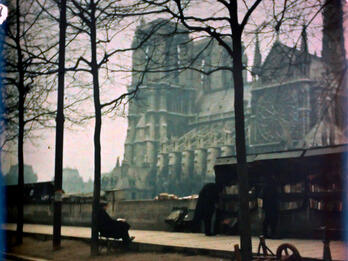
Book Seller and Notre Dame on the Quai de la Seine
Léon Gimpel made improvements to the technology of the autochrome that shortened the exposure time needed for a color photograph to be taken. His color photographs are rare documents of everyday life…
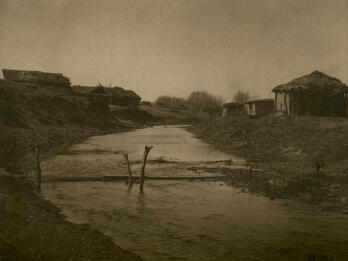
Russian Famine Landscape
Nahum Luboschez may have left the United States for Europe to escape the law, because of his ties to the anarchist movement. He spent time in Russia, documenting political demonstrations, poverty, and…
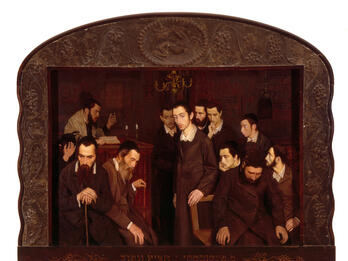
He Cast a Look and Went Mad
He Cast a Look and Went Mad depicts traditional East European Jews in some sort of religious setting. It invokes in its title the classic talmudic legend of the sage who “looked and was injured” when…

